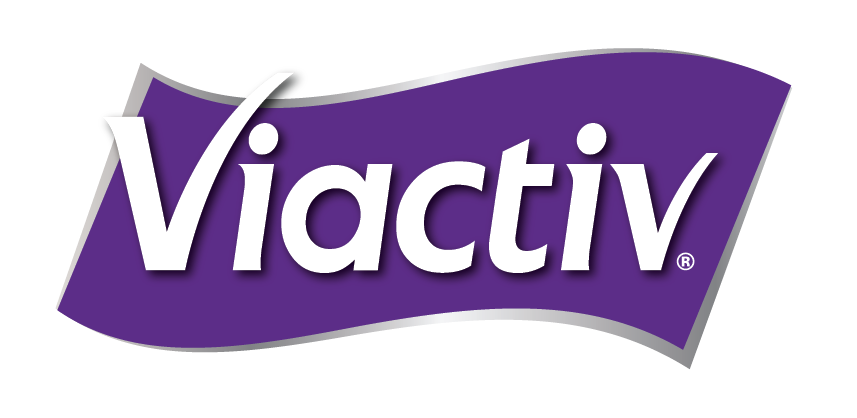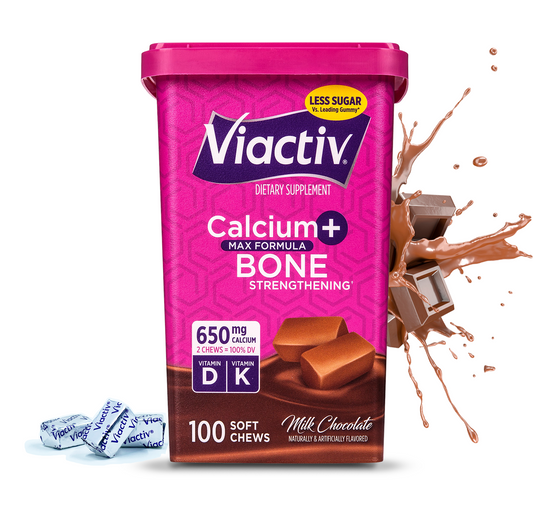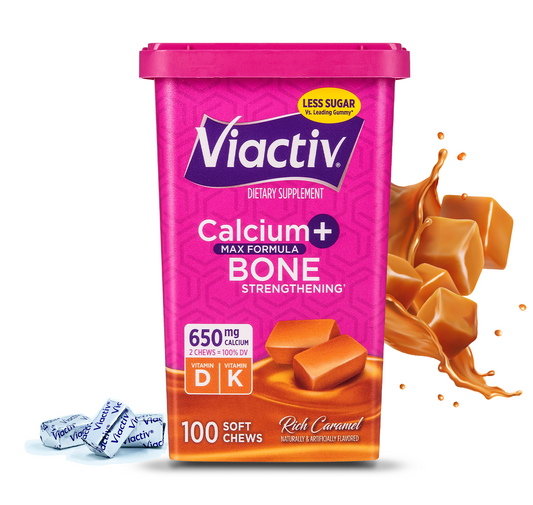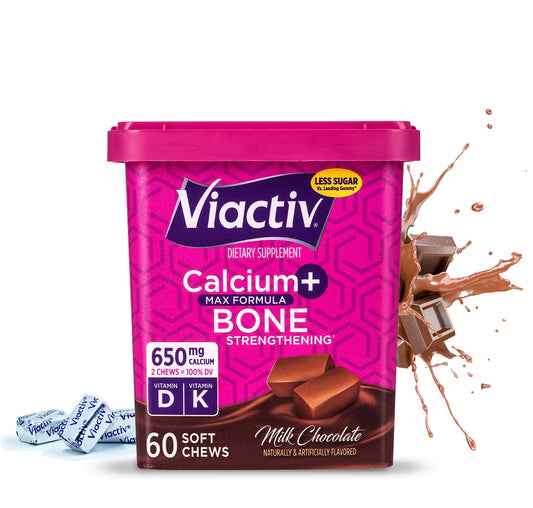Vitamin D vs D3
But what is Vitamin D exactly? Did you know that technically, vitamin D isn’t a vitamin? It’s actually a prohormone. A prohormone is a specific compound that participates in a chemical reaction producing another compound. This allows the body to convert vitamin D into an active hormone so it can be useful. All hormones have receptors that need to be activated. Think of a key opening a lock. The key is the activator, allowing the lock to open, just like hormones are the activators for their receptors.
Even though it’s not technically a vitamin, Vitamin D consists of two primary D vitamins, D2 and D3, hence the name. Vitamin D2 is considered the plant source vitamin D and is produced through UVB exposure in mushrooms, or “fungi,” and in yeasts. Vitamin D3 on the other hand is the animal source vitamin D, created by animals when exposed to the same UVB sun exposure. However, very few animal source foods naturally contain significant amounts of vitamin D. The flesh of fatty fish, like salmon, is one example.
What Does Vitamin D3 Do?

Both vitamin D2 and D3 perform the same role in the body, and that’s why they’re often referred to as the singular term “vitamin D.” Both bind to their hormone receptors, allowing the D vitamins to work their magic in helping bones form, metabolizing calcium, and supporting our immune system; D vitamins are responsible for increasing intestinal absorption of calcium, magnesium, and phosphate. D vitamins are also fat-soluble, which means not only are they stored in the body’s fat issue and liver, but they’re also absorbed along with the fats in someone’s diet.
Can I Be Deficient in Vitamin D?

Without enough vitamin D, your body can’t properly absorb calcium. And while sunshine and a healthy diet are key to vitamin D, getting enough isn’t easy. Take sunscreen, for example. It’s important to protect your skin from UVB rays; however, you need bare UVB exposure to get your necessary daily serving of vitamin D. Most face make-up and lotions include sunscreen that blocks out the UVB rays necessary to get your daily serving of vitamin D.
A clinical review published in The Journal of the American Osteopathic Association reveals that nearly 1 billion people worldwide are not getting sufficient levels of vitamin D. Some other reasons include:
- Spending more time indoors, out of direct sunlight
- Wearing sunscreen, which blocks UVB rays
- Being 50 or older
- Having dark skin
- Living in higher altitude areas or colder/darker climates
- Living in a very sunny climate where melatonin is in a higher concentration in skin
- Being overweight or obese
How to Get More Vitamin D
The best way to know you’re getting enough vitamin D is to ask your health care professional for a blood test that checks your vitamin D levels. In the meantime, there are 3 things you can do to get more vitamin D, starting now:
1. Get More Sun
 Depending on your skin type, getting as little as 10 to 15 minutes a day of sun exposure on your bare skin, without sunscreen can stimulate vitamin D production. After that, put on your sunscreen.
Depending on your skin type, getting as little as 10 to 15 minutes a day of sun exposure on your bare skin, without sunscreen can stimulate vitamin D production. After that, put on your sunscreen.
2. Eat Foods with Vitamin D

To help make sure you’re getting enough vitamin D in your diet, here are some of the foods that rank high in this all-important vitamin:
- Fatty fish (like salmon)
- Tuna fish (canned)
- Cod liver oil
- Sardines
- Eggs
- Swiss cheese
- Orange juice
- Milk (Vitamin D-fortified)
- Ready-to-eat cereal (Vitamin D-fortified)
3. Take A Supplement

In addition to sun and diet, many health care providers recommend vitamin D supplementation. Taking a vitamin D or D3 supplement can help you get the vitamin D you need. While vitamin D is available in two forms — D2 and D3 — Viactiv Calcium + Bone Strengthening contains 12.5 mcg (500 IUs) of vitamin D3. Both raise vitamin D levels in the blood, but some research indicates vitamin D3 may be more effective in raising and maintaining vitamin D levels in the long term.
Sources
Vitamin D2 and D3: What’s The Difference and Which Should You Take? | The Conversation
Vitamin D Deficiency | The New England Journal of Medicine
Last Updated On: January 17, 2022
First Published On: June 22, 2023




